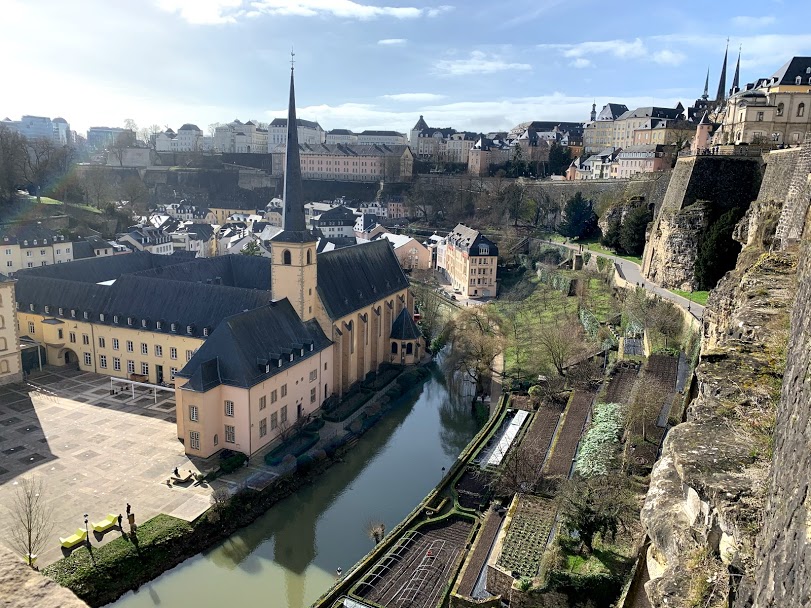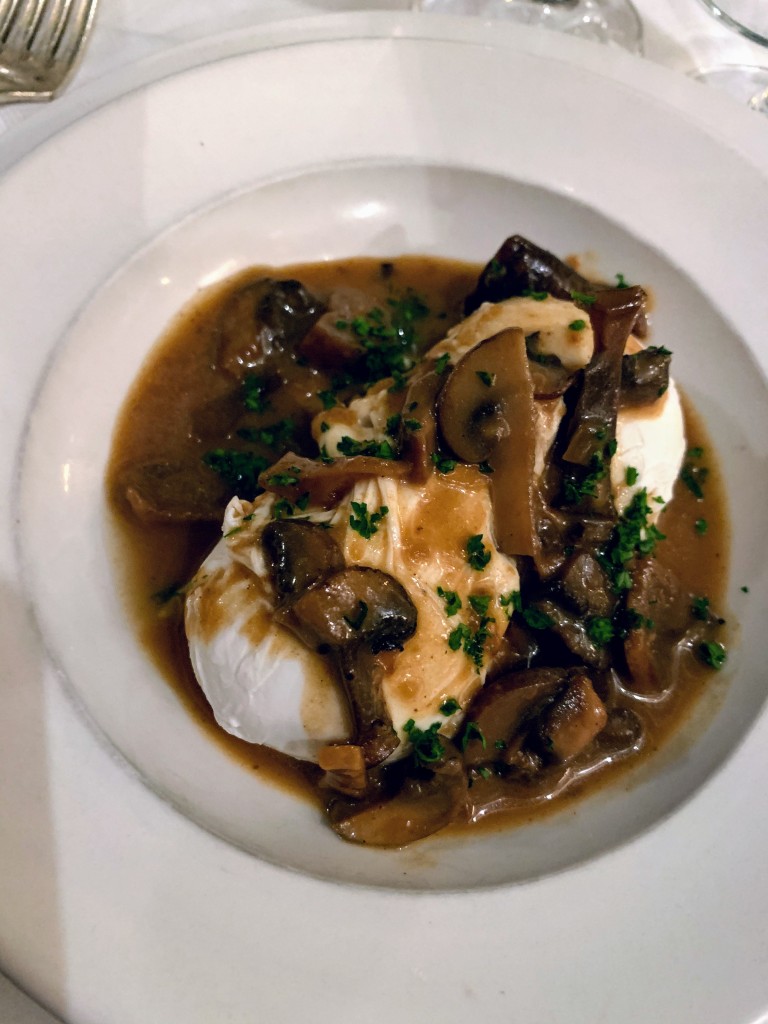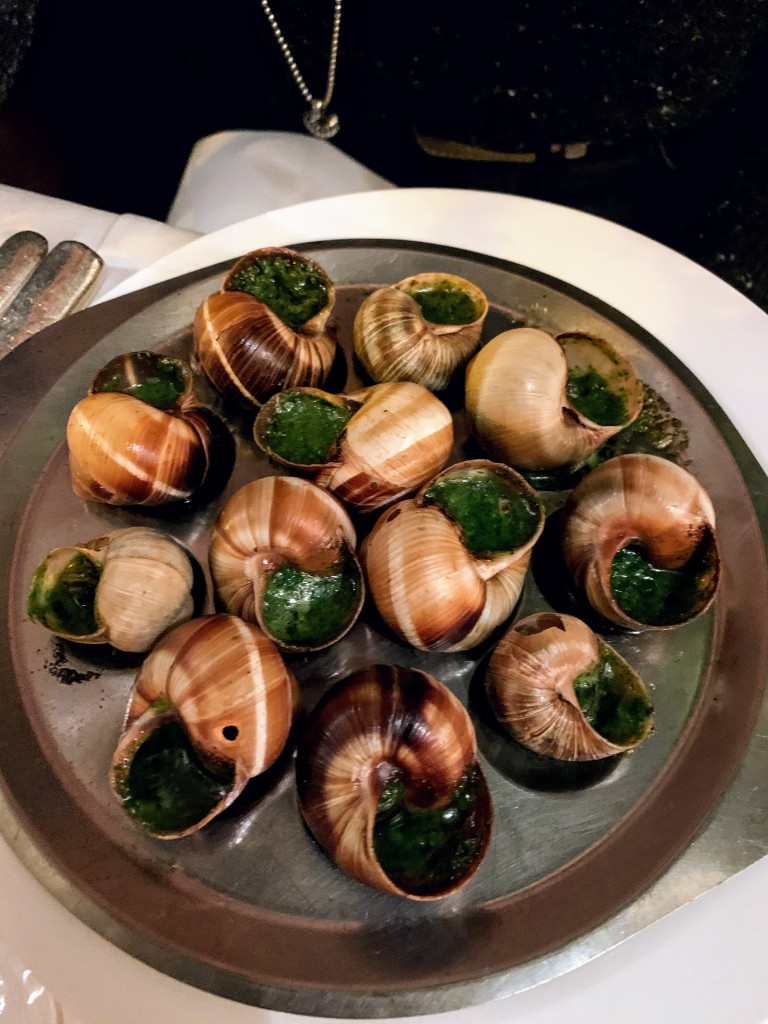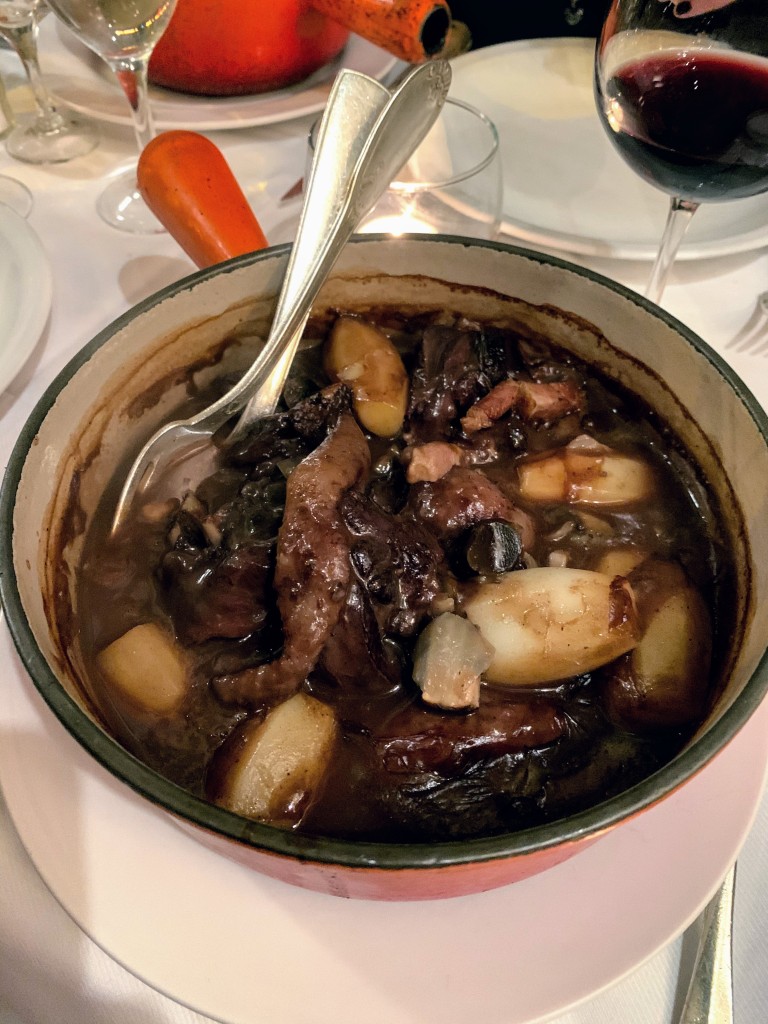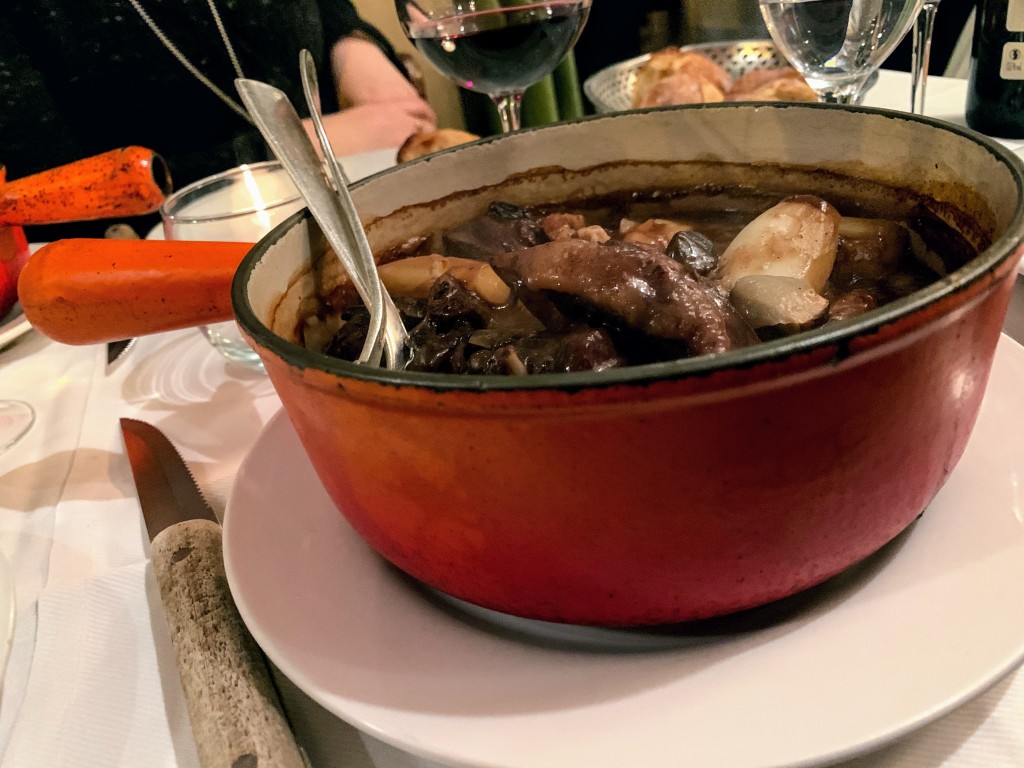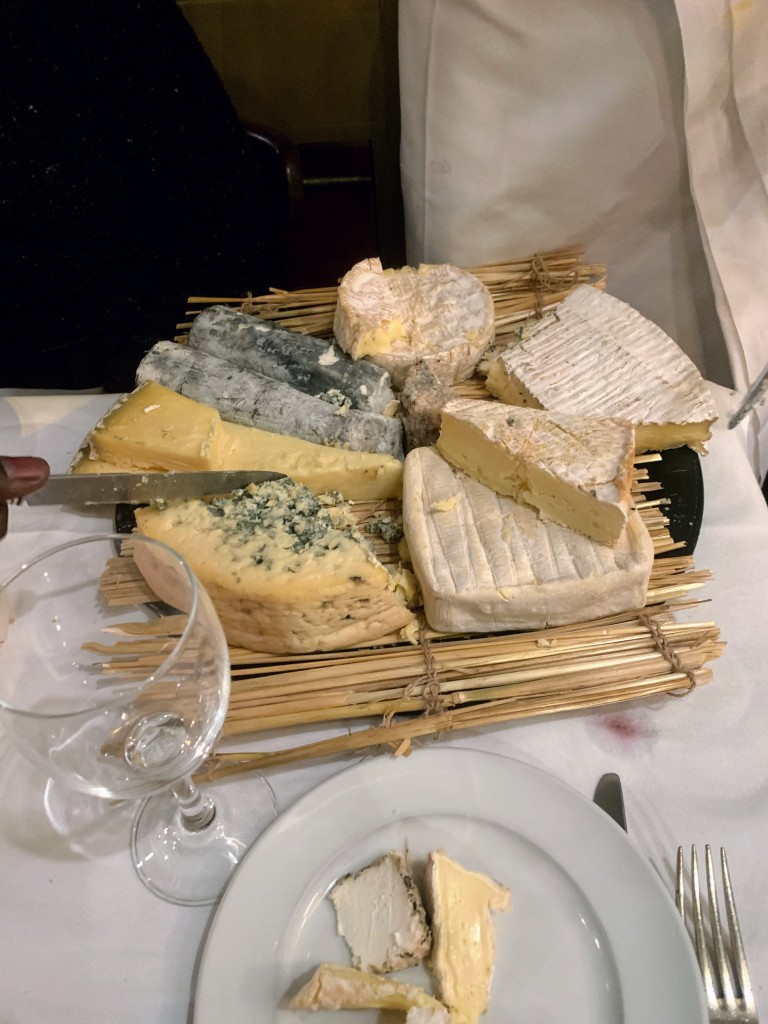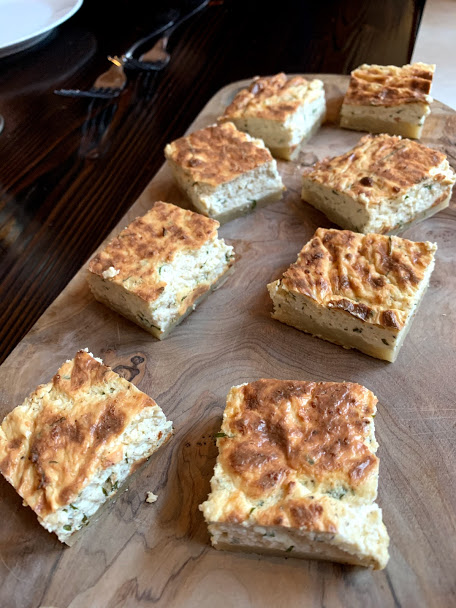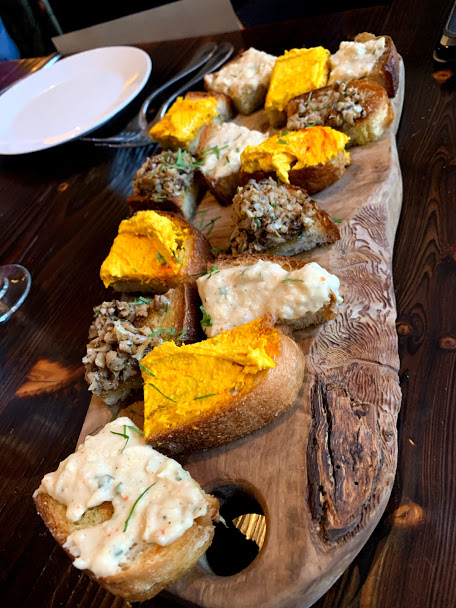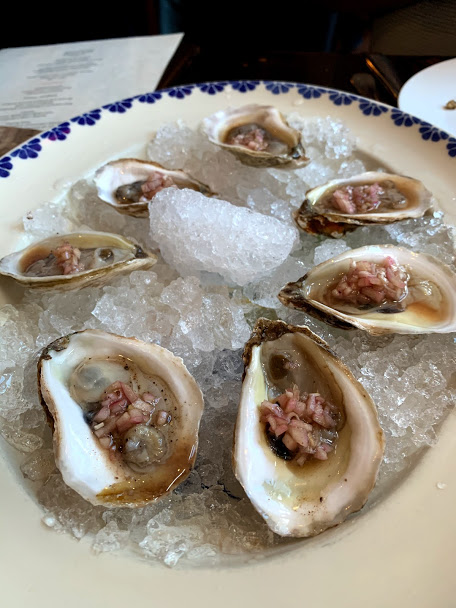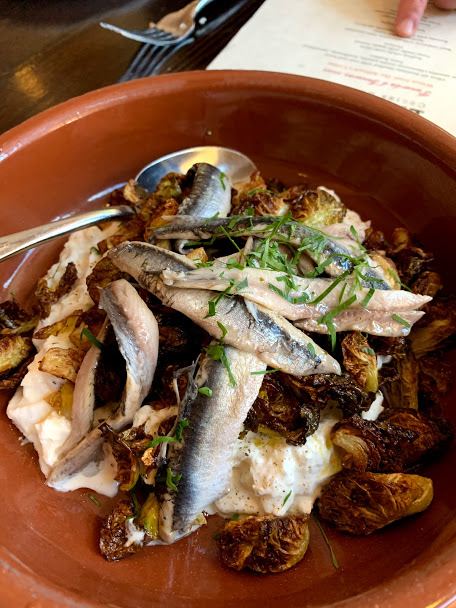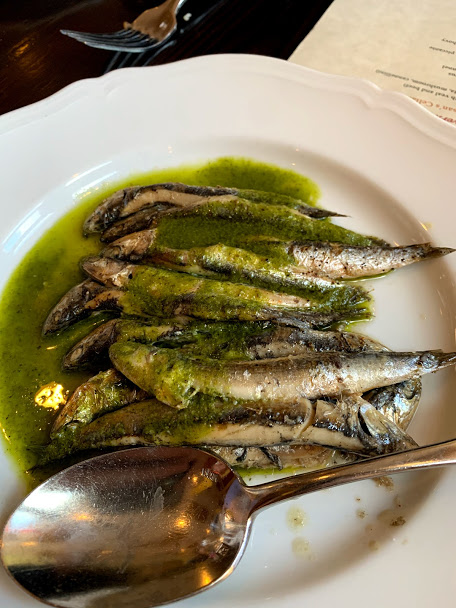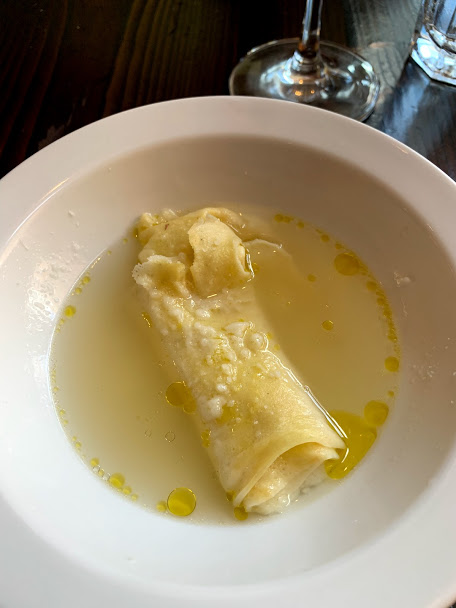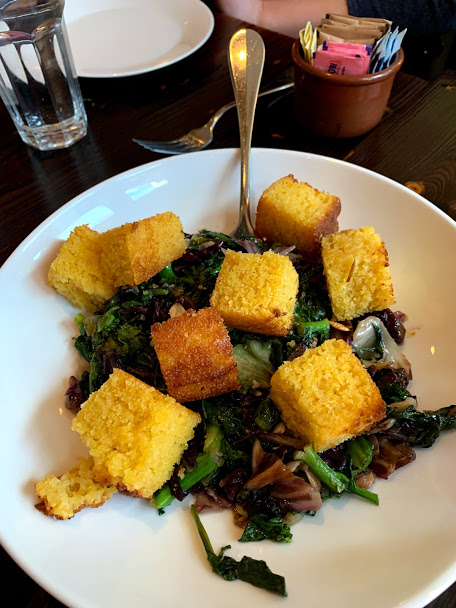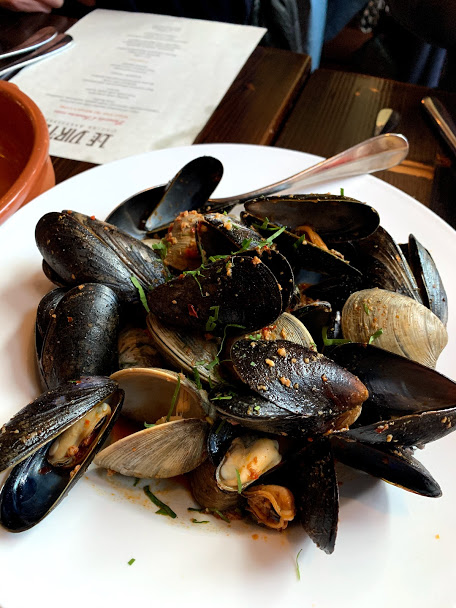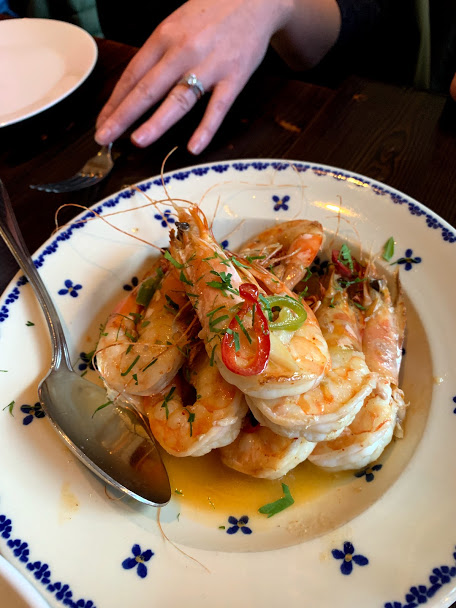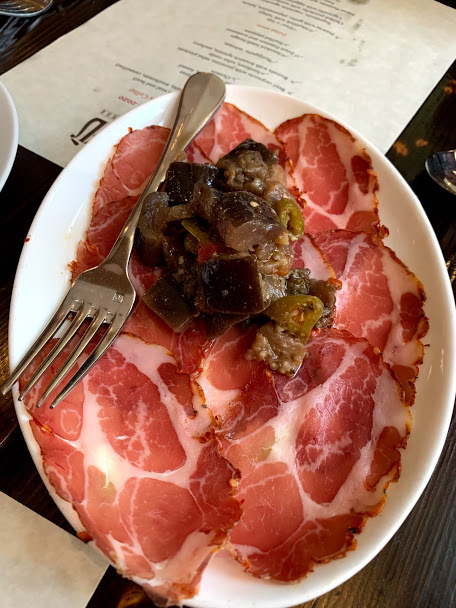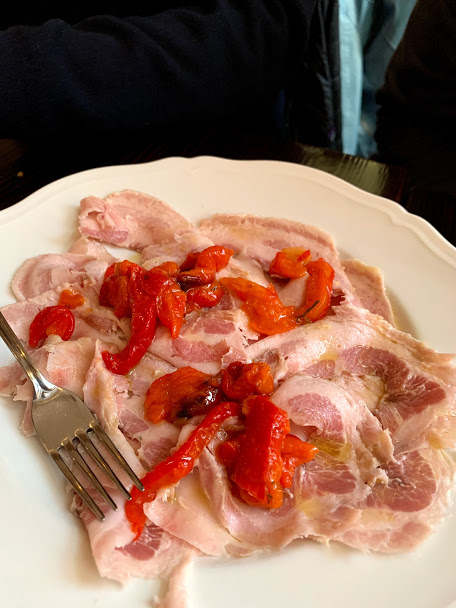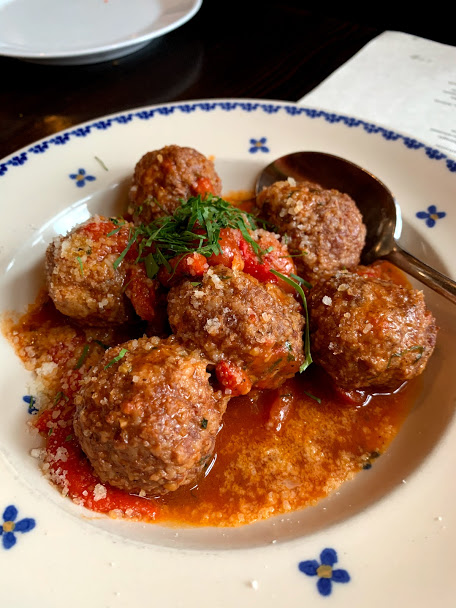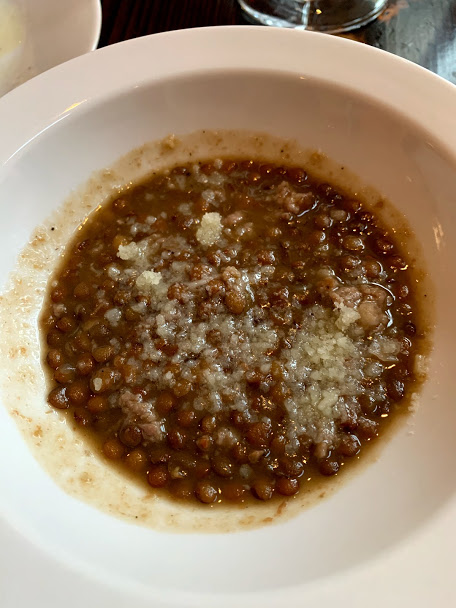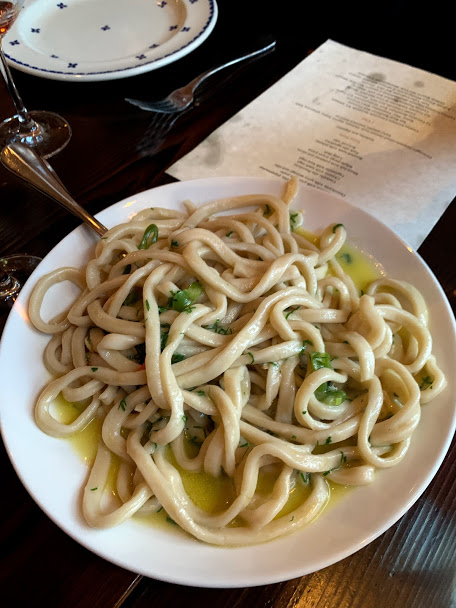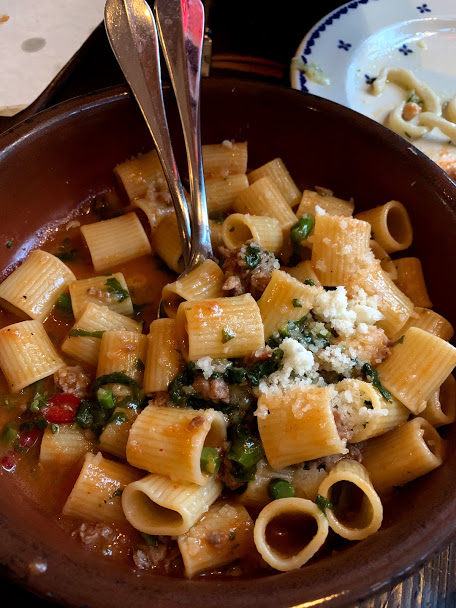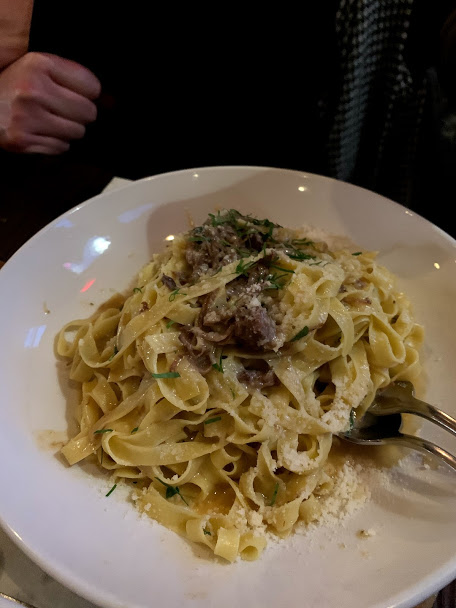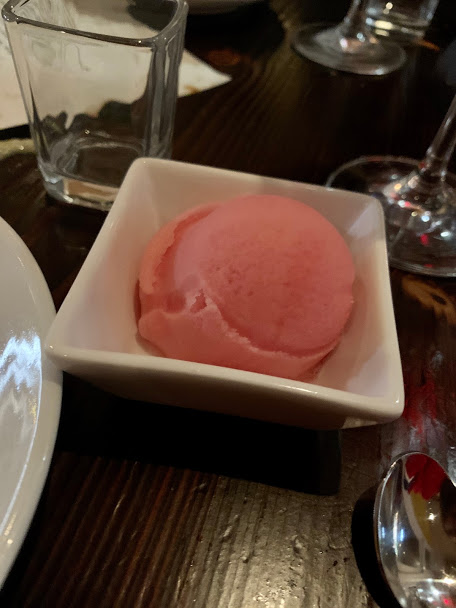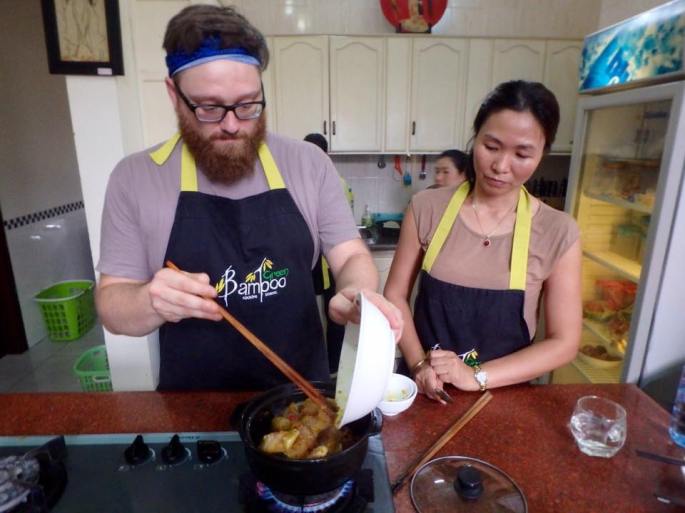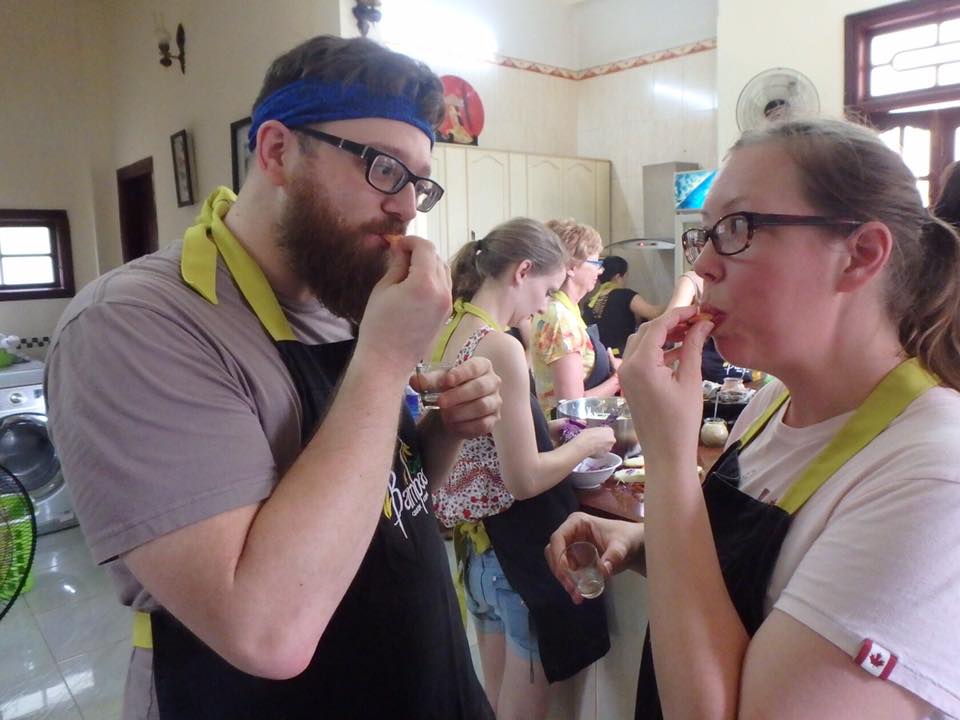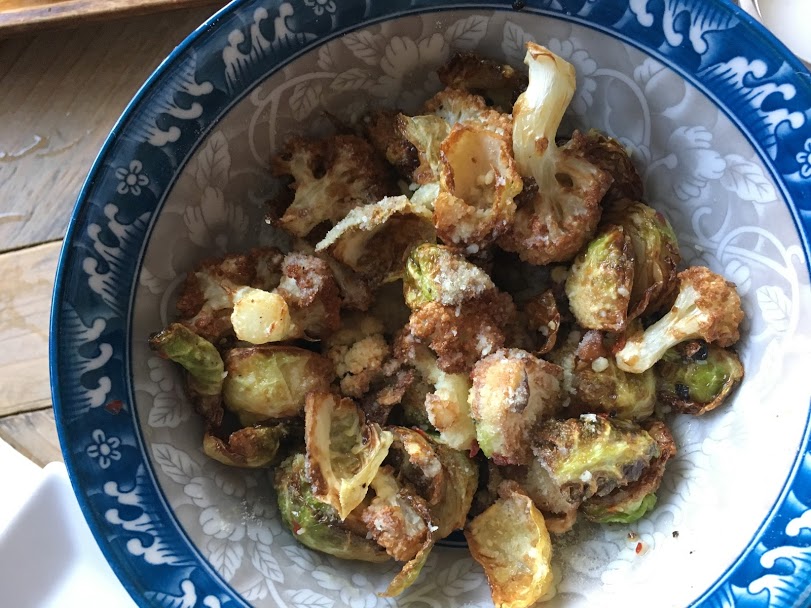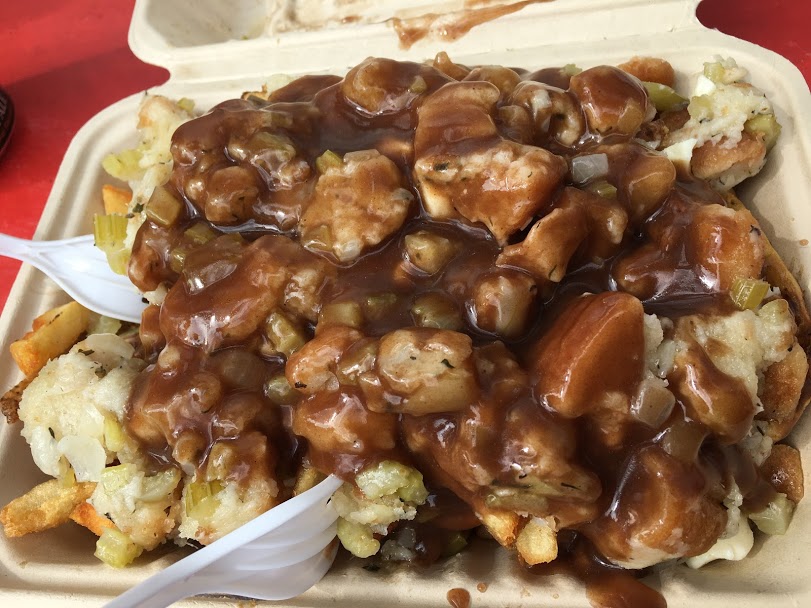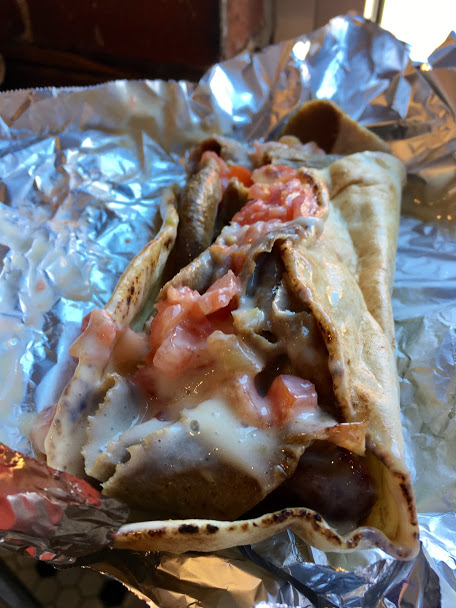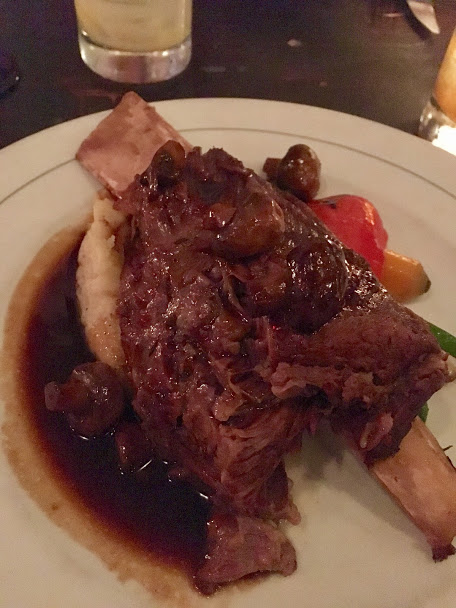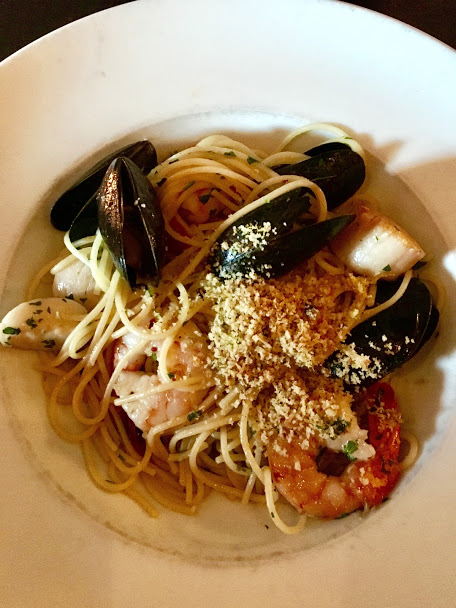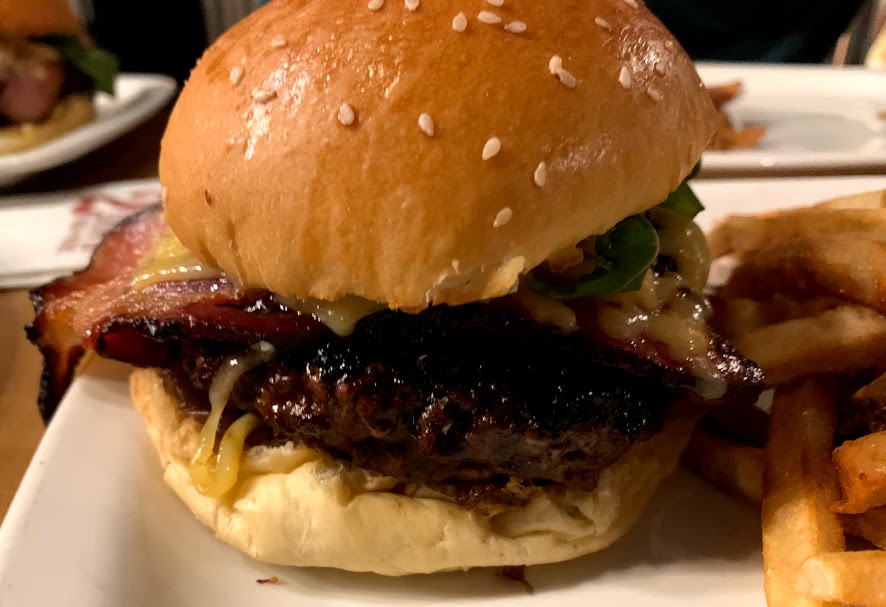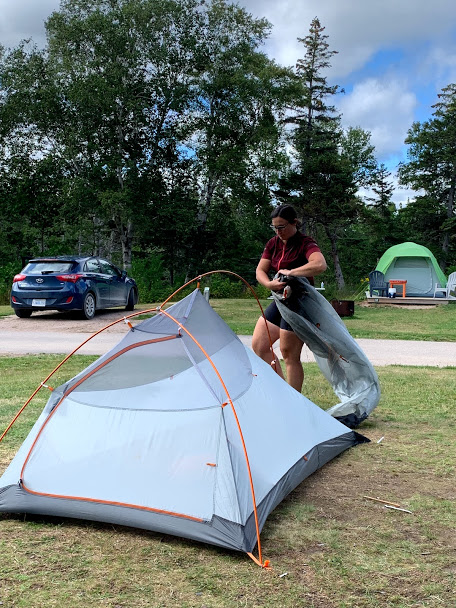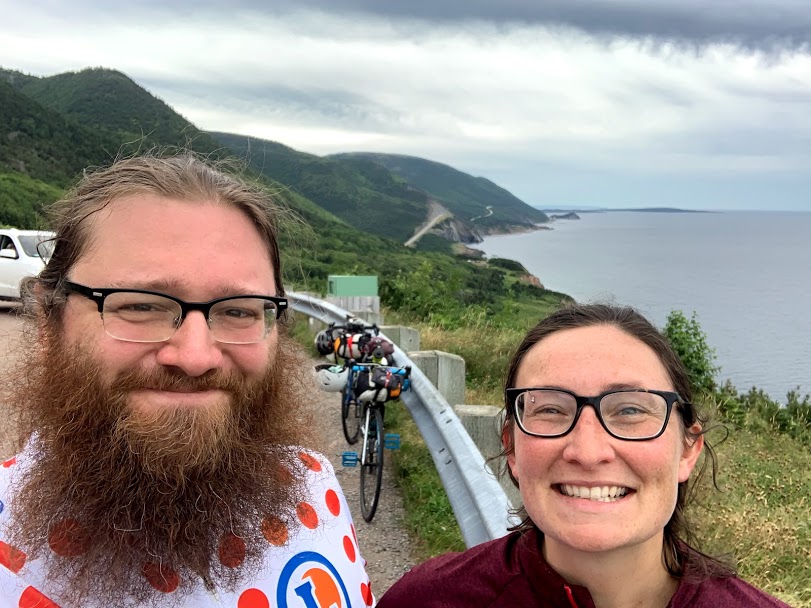Back in 1998, I was visiting family in Cleveland when my uncle asked if I wanted to go with him to see a documentary about Mount Everest at the local IMAX theater. Before then, I don’t think I’d ever even thought about Mount Everest, but since that movie I don’t think I’ve stopped. After we saw the documentary, which focused on climbing the mountain as well as the 1996 disaster, he handed me a paperback copy of Jon Krakauer’s book. For the 22 years since, Everest has been #1 on my bucket list (though not to climb—unlike many of the people going up these days, I know my limits. Base camp will be fine, thank you).
I think it’s safe to say that we’ve all had a little extra reading time lately, so after a trip to the used book store (weeks ago), I started a deep dive into books about the 1996 disaster, which still fascinates me today, then branching out to a more general dying-on-the-mountains motif. And while this list may interest only me, I’ve decided to rank the best books about 1996 on Mount Everest.
1. Into Thin Air by Jon Krakauer
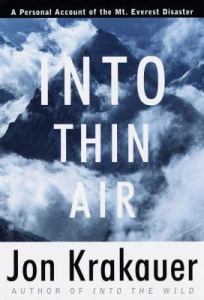
Despite a small bit of controversy between Krakauer and guide Anatoli Boukreev, Into Thin Air remains the best and most complete account of the 1996 disaster, as well as an excellent overview of Everest and mountain climbing itself. As a journalist who was already there to collect information and interview guides and fellow climbers, Krakauer was easily the most well-placed on the mountain for an exhaustive recap of the disaster. If you’re going to read one book about it, this should be it.
2. The Climb by Anatoli Boukreev and G. Weston DeWalt
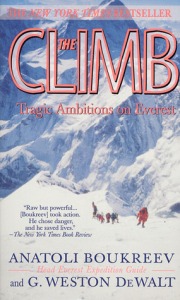
The Climb begins with an insightful look into the Mountain Madness team and its leader Scott Fischer, including what Scott was up against financially for the climb. Anatoli then tells his story, which is nothing short of heroic as he saved five other climbers. The book, unfortunately, devolves in the end into a shouting match between Boukreev, DeWalt, and Krakauer (be sure to get the most recent paperback versions for all the updates).
I will say, this whole controversy seems to be a non-issue. I read the climb 20 years after reading Into Thin Air; by the end, when I went to re-read Into Thin Air, I was expecting some pretty harsh vitriol aimed at Boukreev for all the defending himself—and attacking Krakauer—in the book. But all that Krakauer really said was people thought Boukreev was in the wrong place and maybe should have been using oxygen—Krakauer doesn’t question his heroism, or try to inflate his own actions. In the end, it all seems like petty squabbling.
3. Left for Dead by Beck Weathers

Beck’s individual story is probably the most incredible from the whole 1996 fiasco. Climbing up the mountain, his LASIK surgery failed in the high altitude and he started to go blind. His team leader, Rob Hall (who would later die on the mountain), told him to wait until Rob got back before going down. After waiting hours, Beck finally descended before becoming lost and almost freezing to death—twice. While he readily admits he doesn’t remember a lot of what happened, his story on the mountain is well-covered in other stories; Beck’s telling of what lead him to Everest in the first place, as well as the repercussions of his intense frostbite are what you should be reading this one for. Beck’s a larger-than-life character, which the other books make clear, and his voice got on my nerves at times, but it’s still an impressive story.
4. After the Wind by Lou Kasischke

This one is self-published, which is readily apparent. It was also published 18 years after the fact as a tribute to his wife, so there’s a lot of wasted writing about how much they love each other and how much he thought about her (spoiler: it’s a lot) on the mountain. In addition to gushing about his wife, the book seems to be solely about blaming Rob Hall and, to a lesser extent, Jon Krakauer for the tragedy, which, in Hall’s case, seems disrespectful at this late juncture. Especially since Lou’s own judgment can be called into question on a few occasions. He also tries to use some clever literary devices that ultimately fall flat. An editor and about 100 fewer pages would’ve gone a long way here. This lacks the mountaineering insight of Krakauer and Boukreev and the incredible personal journey of Weathers, so only read if, like me, you can’t get enough.
Note: I have not yet read Climbing High by Lene Gammelgaard, the other book about the disaster.
BONUS: Buried in the Sky by Peter Zuckerman and Amanda Padoan

This one is about another disaster—on K2 in 2008—but more importantly gives a great look into the history of the region and the lives of Sherpas. If you want to go in order, perhaps read this one after Into Thin Air in order to not only know about Everest, but the people without whom climbing it would be impossible. It also takes a different tack than most books about climbing disasters by focusing on the Sherpas—how they acted on the mountain, what their thought process was, what they did in response to tragedy. This is a great insight into a group of people that don’t get nearly as much credit (or pay) as they’re due.
BONUS 2: The White Death by McKay Jenkins

While the book is about an avalanche that killed a group of climbers on Mount Cleveland in Glacier National Park, there were no survivors and so the actual tragedy isn’t really covered. Instead, this one takes a deep, deep dive into everything you could possibly want to know about avalanches, snow, mountain rescue, mountaineering, and everything in between. Since there is so little to say about the actual tragedy, however, it does seem at times as if Jenkins is telling a story and just constantly gets sidetracked by minutiae that he finds interesting but which, ultimately, I found interesting as well. If you want to round out a quick education on all the kinds of death that await if you climb a mountain, add this one to the list.





